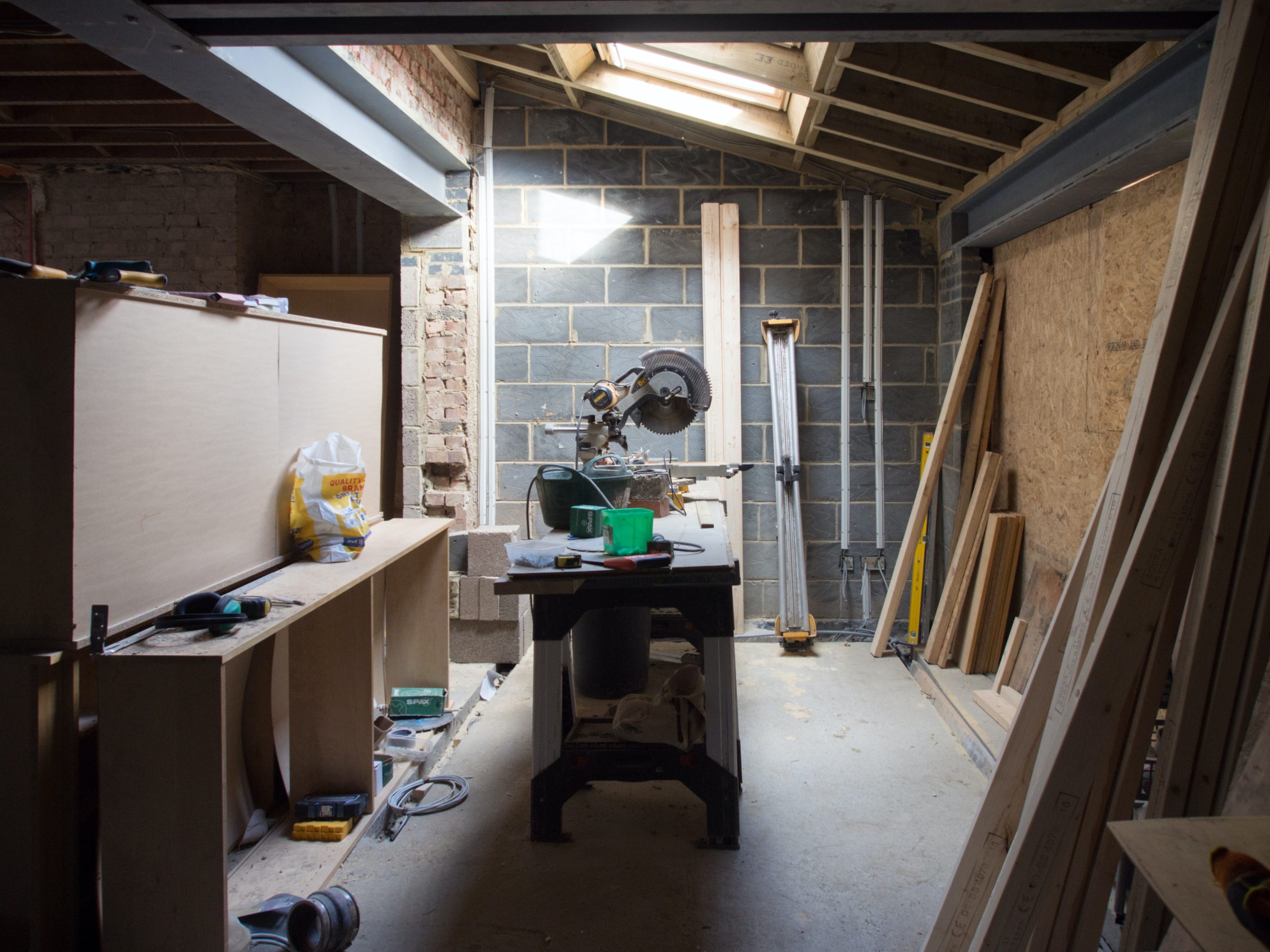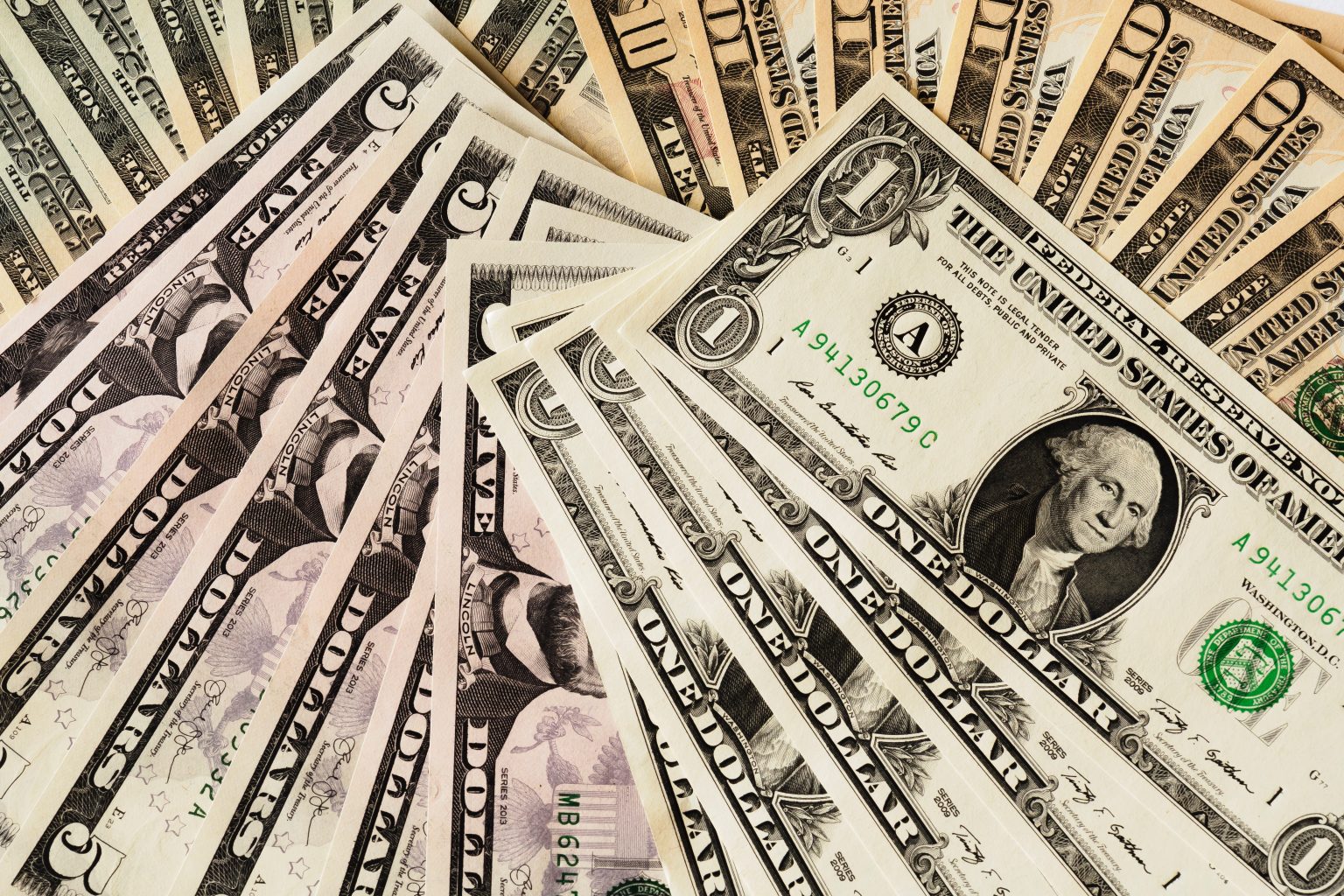What is a cash-out refinance?
Looking to complete home renovations and repairs? Rather than taking out a personal loan or second mortgage, a cash-out refinance might be the right choice for you. A cash-out refinance is a type of mortgage refinance that allows you to take advantage of the equity you’ve built up in your home.
What is equity, you ask? Equity is the difference between what you owe on your mortgage and what your home is currently worth. You gain equity when your home increases in value or when you pay down your mortgage principal through your monthly mortgage payments.
With a traditional refinance, you replace the existing loan with a new one, usually at a lower interest rate and/or for a shorter loan term. With cash-out refinancing, however, your current mortgage is replaced with a larger loan and the difference will go back to you in cash. While you can use the money from a cash-out refinance for any purpose, most homeowners use it for home improvement projects, investment purposes, to consolidate high-interest debt, or to pay for a child’s college education.
Example: Say you owe $150,000 on your home and it’s now worth $350,000. You’ve been looking to renovate your kitchen and revamp your basement, so you’ve decided to cash-out refinance. Lenders typically require you to maintain at least 20% equity in your home after a cash-out refinance; in this case, at least $70,000. Therefore, you’d be able to withdraw up to $130,000 in cash to renovate and revamp your kitchen and basement.

Things to know before you cash-out refinance
- You’ll need equity to qualify: To qualify for cash-out refinancing, you must have a sizable amount of equity built in your home. Equity is what you’re borrowing against.
- You’ll (most likely) have to leave equity in your home: As previously mentioned, lenders typically require you to maintain at least 20% equity in your home after a cash-out refinance. For example, both conventional loans and FHA loans require you to leave 20% equity in your home; however, VA loans are an exception. VA loan refinances do not require you to leave any equity after you refinance.
- You’ll need an appraisal: Appraisals are almost always required to qualify for a cash-out refinance; however, you may qualify for a no-appraisal refinancing waiver if you have a government-backed loan through the Federal Housing Administration (FHA), U.S. Department of Agriculture (USDA), or Department of Veterans Affairs (VA).
- Your loan terms may change: When you cash-out refinance, your original mortgage is replaced with a new loan. This new loan may change your loan terms, monthly payments, and/or interest rates. Make sure to check with your lender and analyze your new loan terms before agreeing.
- You may have to pay for private mortgage insurance (PMI): If you borrow more than 80% of your home’s equity, you’ll have to pay for PMI. For example, if your home is valued at $150,000 and you refinance for more than $120,000, you’ll have to pay PMI. PMI can cost anywhere from 0.55% to 2.25% of your loan amount each year.
- You’ll pay closing costs: As you would with any refinance, you’ll pay closing costs for a cash-out refinance. You should expect to pay 2% to 5% of the mortgage for closing costs. Some common closing costs include lender origination fees, appraisal fees, credit report fees, and attorney fees.
- It increases your risk of foreclosure: Mortgage loans are secured and tied to a piece of collateral, i.e., your home. This means that you risk losing your home to foreclosure if you are unable to make payments. A general suggestion is to use your cash-out refinance for a purpose that will improve your finances instead of worsening your situation. Using the cash to pay off credit card debt, or paying off unsecured debt with secured debt, is risky and generally frowned upon.
- You may be eligible for certain tax deductions and benefits: A capital improvement is a change made to the property that either adds value, prolongs the property’s life, and/or adapts the home to new uses. If you make a capital improvement, you can deduct the interest paid on your new mortgage from your taxable income. Common home improvements that qualify as capital improvements include installing a swimming pool, building a fence to enclose the yard, adding additional bedrooms, fixing or replacing the roof, adding insulation, installing storm windows, and installing central air or an HVAC system. Before starting, ensure that your home projects qualify.
The bottom line
Whether you want to consolidate debt or renovate your kitchen, a cash-out refinance can be a powerful loan option and get you the cash you need to move towards your financial goals. While there are many advantages, cash-out refinancing isn’t always the best move for everyone.
If a cash-out refinance doesn’t sound right for you, alternatives include personal loans, reverse mortgages, home equity loans, or a home equity line of credit (HELOC). Tapping your home equity isn’t an easy decision but doing so can offer you a strategic way to achieve your financial goals.
Let’s get started!
Use our free mortgage and amortization calculators to determine your monthly payments, including mortgage insurance, taxes, interest, and more.
To get started with the mortgage loan process, get a free rate quote or fill out our online loan application to get pre-approved!
Get My Custom Rate QuoteNo SSN required. Zero impact to credit. Your Information is never sold.



